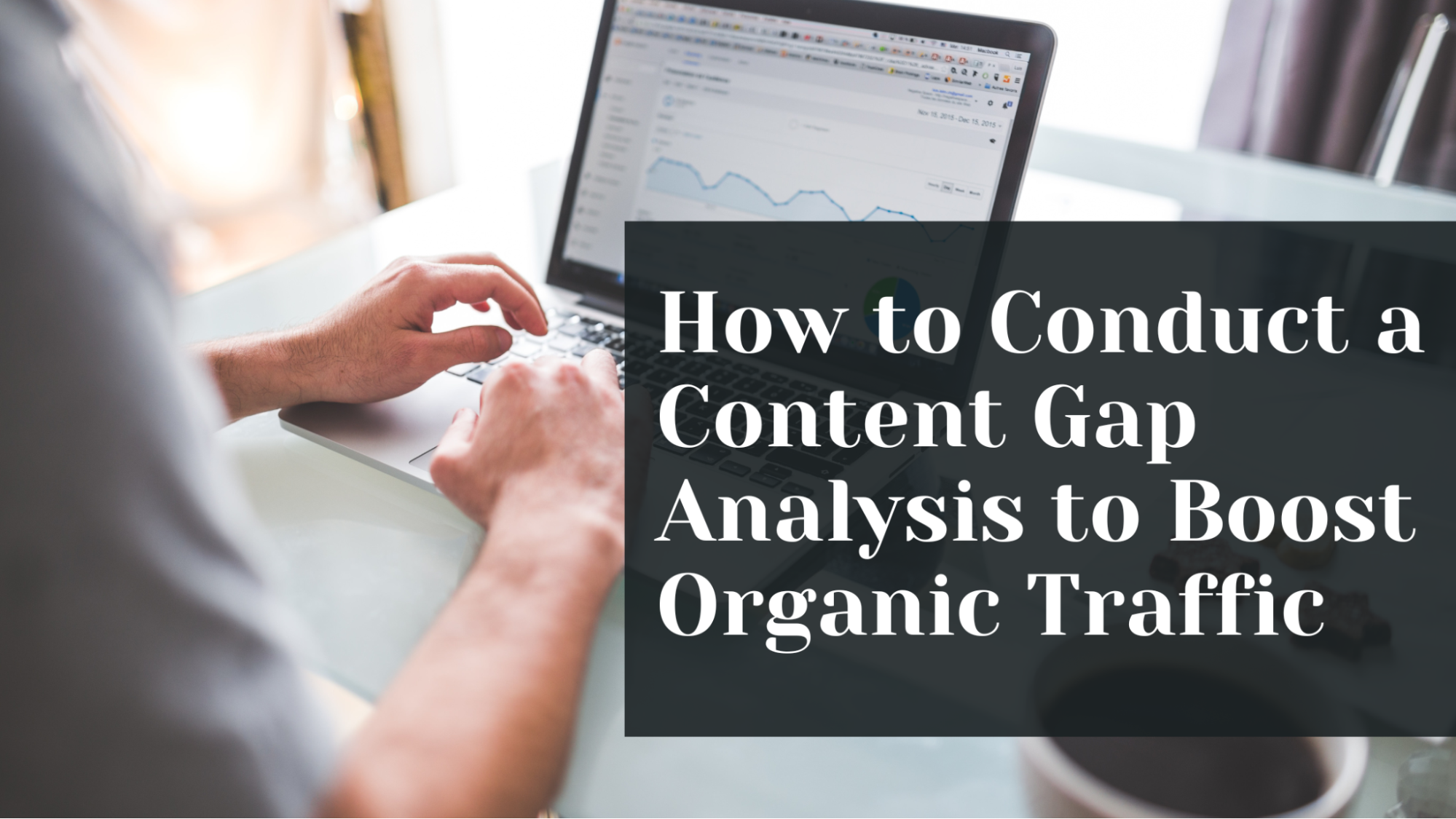Lifetime Value of a Customer as a Key Budgeting Metric
This article is not a general discussion about customer value. Today, I am going to focus on putting the computation of lifetime value of a customer (LTV) to good use.
Quick Links
Use Lifetime Value of a Customer to Budget Your Cost of Customer Acquisition
In the hypercompetitive ecommerce marketplace, the cost per acquisition (CPA) of a customer is skyrocketing.
That begs the question, “how much is too much?” How much should one be willing to spend if one wants to have a successful eCommerce business? There are two primary approaches to this:
The Cash Flow Approach
If the CPA is $1, then you should be able to realize (i.e. profit) at least $1.01 from an acquired customer. If you do not, you will be eroding your cash. And if that specific customer does not come back and make repeat purchases soon, you will run out of cash. This is not a hypothetical situation. The ecommerce space is filled with players experiencing severe cash pains.
The LTV Approach
There are ecommerce businesses that are not too concerned with cash flows. This is primarily because they are well-funded, and able to tide over short-term cash flow mismatches. In this situation, you would not particularly care if a customer that was acquired for $1 spends $1.01 in the first purchase. Instead you will perform a lifetime value of customer computation and make sure that the LTV is greater than the CPA.
As long as that is the case, you will eventually be a winner.
The Hidden Gem: Using the LTV Approach to Decide on the Valuation of an Ecommerce Acquisition
It is the acquisition season in the ecommerce business. And these acquisitions are happening for several reasons:
- Some ecommerce businesses are running out of money and have no choice but to get acquired.
- Others are expanding overseas and are finding that the easiest method of entry is by acquiring a local ecommerce business.
- Still others are finding that great valuations are available in the market.
Unless you have a non-financial, strategic reason to acquire an ecommerce business, you will need to come up with a valuation that will make the acquisition profitable. And this is where the LTV number can help you out again.
It Might Make Sense to Buy an Ecommerce Business for Less Than the Total Lifetime Value of All Its Customers
- If the LTV is computed sophisticatedly and has taken into account:
- the age of the business
- the maturity of the business
- an appropriate discount factor for forecasted earnings per customer,
Then you have a fairly decent deal if you buy an ecommerce business for significantly lesser than the total LTV of all its customers. Of course, you will have to factor in:
- additional costs to take over the business enterprise
- the probability that the forecasted LTVs may not actually come true.
Track Visitor Value and Lifetime Value of a Customer
The classic mom and pop model of retailing was nice and simple. You bought something for ten dollars and sold it for thirteen. You kept making enough of these dollar threes to cover your establishment cost, and still take home a profit. Along came large retail chains that completely changed the economics of retailing. Initially, it seemed like they might get crushed under their own weight. But soon their efficiency levels started pushing traditional retailers out of the market.
Just when it seemed like retail chains would be the defining format of retailing forever, along came electronic commerce. Besides bringing in an entirely new way of shopping, it once again managed to turn retail economics on its head.
The Absence of Some Cost Heads Allows Ecommerce Businesses to Bear Losses Longer
As we have repeatedly talked about in our discussions around the advantages of eCommerce, several cost heads are absent or pretty low for ecommerce businesses. This led several ecommerce businesses, and their investors, to get bolder in their quest for top-line (i.e. sales or revenue) expansion even at the expense of the bottom line (i.e. profits).
But somewhere along the line, market forces went out of hand, and growing became prohibitively expensive. Since the cost per acquisition of customers went up, it became critical to measure that cost against the value that a customer brings in.
Understanding Customer Value
When one thinks about customer value, one tends to ask, “What is the average spend per customer?” But there are many dimensions even to this average spend.
Here are some of the important ones:
- What is the average spend per customer acquired from Facebook vs. Google Adwords, or for that matter any two different sources?
- What is the average spend per customer of one demographic (say women over 55, Asian, high school education, accessing the website from home) vs. another demographic (say men between 30 and 40, college education, African American, accessing the website from work)?
I think you get the idea, right? An aggregate spend number is important when performing financial analysis about the worth and prospects of the business as a whole. But when you want an actionable number for the marketing department, you want to look closely at the value of each type of customer.
Lifetime Value of Customer — A Better Metric?
Simply knowing how much a customer of a particular type spends is not adequate to make important budgeting decisions. Here is an example that illustrates this point: You spent $12 acquiring a new customer from a Facebook advertising campaign. This customer came in and purchased something priced at $5. Your profit margin on that sale was only $1.
Would you conclude that at least for this customer you ended up making a loss? If yes, then would that discourage you from continuing with the Facebook campaign? What if it turned out that the $5 purchase was only an initial test purchase, and the customer would eventually turn out to be a repeat customer, making weekly purchases? Welcome to the concept of the lifetime value of a customer.
Lifetime value (LTV) of a customer goes by other names too. Some of these are lifetime customer value (LCV) and customer lifetime value (CLV).
How Is Lifetime Value of a Customer Calculated?
To compute LTV, you need 3 numbers:
- To begin with you need to know the average margin you make per sale. That would be the value of one sale.
- Then you need to know the average number of sales you make to a customer per month.
- And finally you need to know the average number of months you are able to retain a customer.
Multiply all three numbers and you get the LTV. The product of these three numbers tells you the amount of money you can earn from each customer.
A More Accurate Computation Involves Discounting Future Earnings
Since a dollar earned next month is worth more than a dollar earned next year, you can discount future earnings by some percentage that you deem reasonable. Anything in the 5-15 percent per annum range seems reasonable to me. You may use another number for your specific situation.
Final Words
On the one hand, the computation of lifetime value of a customer is very important for ecommerce businesses, on the other this computation has often been grossly misused. I have come across ecommerce professionals who have spent ridiculously high amounts of money to acquire customers, all under the garb of doing well on the LTV count. That is not the fault of the LTV concept or computation. Instead, it is the fault of unprepared management whose forecasts are based on the, “all other things being the same” principle. And the fact is that all other things never remain the same!
About the author: Diane H. Wong is a search engine optimization specialist and business coach. Besides, she is a research paper writer at the service where you can ask “type my essay” so she prefers to spend her spare time working out marketing strategies. In this case, she has an opportunity to share her experience with others and keep up with advancing technologies.
Why Is Woocommerce Suitable For Small Businesses?
Are you finding yourself more confused than usual when choosing your online business’s platform?…
0 Comments8 Minutes
How to Conduct a Content Gap Analysis to Boost Organic Traffic
Your website is not getting enough organic traffic because you are missing out on valuable content…
0 Comments12 Minutes
Why is Personalisation the Future of Web Development Services?
At present, custom web development is essential to ensure the success of a business concern. A…
0 Comments9 Minutes
Top Reasons to Hire WordPress Developers for Custom Website Solutions
Today, no business can possibly thrive in the digital realm without a strong online presence. An…
0 Comments13 Minutes
Why Link Building Remains a Key Pillar of Successful SEO
Why do some websites always pop up first on Google while others seem impossible to find? The…
0 Comments6 Minutes
Essential Features to Look for in an Enterprise AI Chatbot Platform
A prime of modern businesses and organizations in the rapidly growing digital environment is to…
0 Comments6 Minutes
Why Influencer Marketing is the Secret Weapon Your Brand Needs Right Now
Developing a solid relationship with your audience is more crucial than ever in the modern digital…
0 Comments7 Minutes
Keyword research tools for eCommerce to drive conversions
Why do some online stores seem to effortlessly attract customers while others struggle to get…
0 Comments13 Minutes








